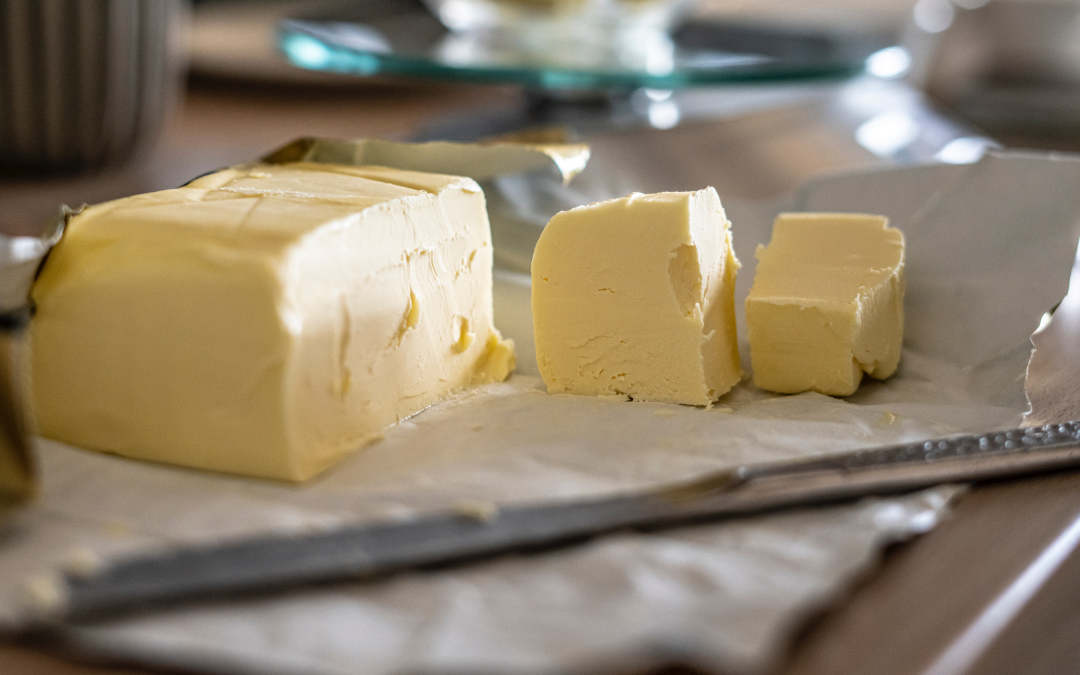The Food and Drink Federation (FDF) has responded to the latest figures from the Office for National Statistics (ONS), finding that ingredient costs have “surged”.
ONS reported that the Consumer Prices Index including owner occupiers’ housing costs (CPIH) rose by 4.2% in the 12 months to July 2025, up from 4.1% in the 12 months to June. On a monthly basis, it was little changed in July 2025, the same as in July 2024.
It went on to say that the Consumer Prices Index (CPI) had risen by 3.8% in the 12 months to July 2025, up from 3.6% in the 12 months to June. On a monthly basis, CPI rose by 0.1% in July 2025, compared with a fall of 0.2% in July 2024.
The 12-month inflation rate for food and non-alcoholic beverages was 4.9% in July 2025, up from 4.5% in the 12 months to June. ONS said that this was the fourth consecutive increase in the annual rate and the highest recorded since February 2024, but claimed that it remains “well below” the peak seen in early 2023.
On a monthly basis, food and non-alcoholic beverages prices rose by 0.4% in July 2025, which ONS said was compared with being little changed a year ago.
ONS found there were small upward effects to the change in the rate from four to the 11 food and non-alcoholic beverages classes, which included meat (mainly beef), as well as sugar, jam, honey, syrups, chocolate and confectionery (mainly chocolate assortments).
Costs rise for food manufacturers
Jim Bligh, director of corporate affairs and packaging at the Food and Drink Federation (FDF), said: “Today’s figures show that food and drink manufacturers are being squeezed on all sides. Energy prices remain high, and the cost of some key ingredients has surged in recent years. Cocoa prices are at a 45-year high, and both olive oil and butter prices have doubled since 2020.
“With high commodity prices, the new £1.4 billion packaging tax, and increased National Insurance costs, it’s no surprise that many food and drink manufacturers have seen their costs increase by 10% or more this year.
“Manufacturers have absorbed as many of these costs as possible, but consumers will still see higher prices at the till. We expect that high food and drink inflation will persist through the year, so any fresh costs for businesses in the Autumn Budget will inevitably put yet more pressure on shoppers’ pockets.”
“The Bank of England has been clear that Government policies… are fuelling price rises at the till.”
Kris Hamer, director of insight at the British Retail Consortium, stated: “Households are once again seeing the cost of their weekly shop climb, with food inflation now up by 1.9 percentage points in just four months. This surge has been a key driver behind headline inflation, alongside a rise in transport costs, piling fresh pressure on families already being forced to cut back.
“The Bank of England has been clear that Government policies, which have driven up the costs of employment, are fuelling price rises at the till, while poor harvests and global instability have also added further cost pressures. There was some limited relief for consumers as clothing and footwear inflation remained subdued while certain everyday food items such as olive oil, butter and cheese did fall in price on the month.
“Retailers have been doing everything they can to prevent price rises but the swathe of costs they now face has left them no room to manoeuvre… the Chancellor must avoid burdening the industry with even more taxes this autumn. Instead, she has an opportunity to encourage much needed investment in our high streets by ensuring the planned reforms to business rates offer a significant reduction for retail properties, and leave no shop paying more.”









